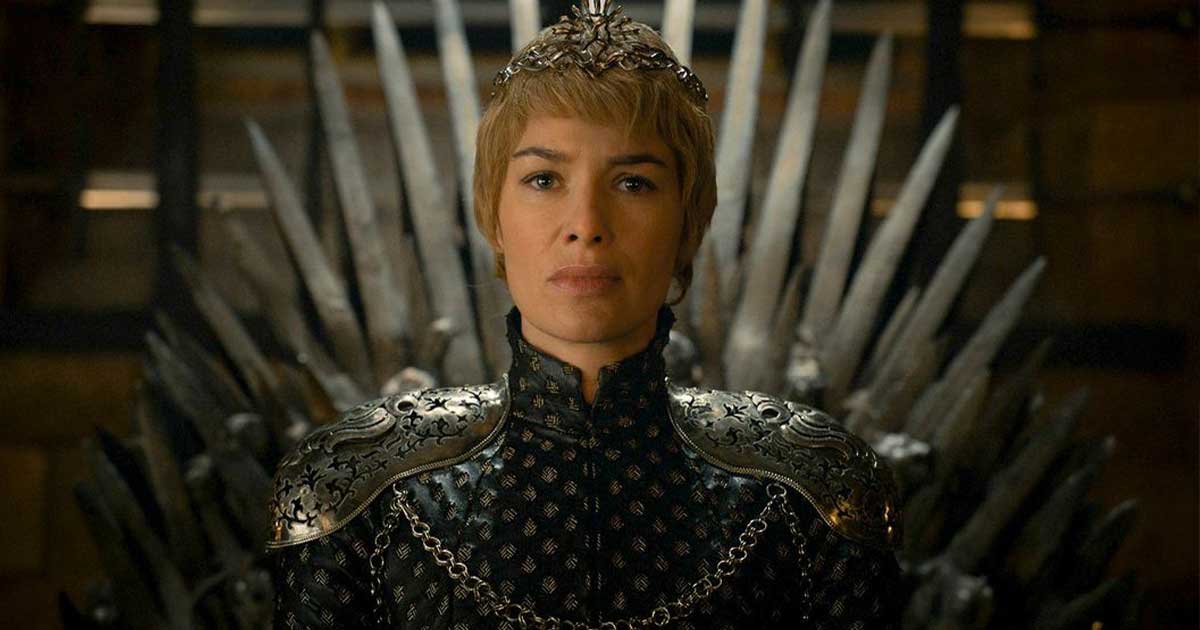If Game of Thrones shocked the world with its jaw-dropping twists and dragons, it also rattled cages with how it treated its female characters. Case in point: Sansa Stark’s rape in Season Five. The scene was so disturbing that then-Senator Claire McCaskill swore off the show entirely, calling it “disgusting and unacceptable.” And she wasn’t alone. Fans had already been through enough, watching women get brutalized season after season—from Daenerys’s marital rape in episode one to Cersei’s assault by Jaime. People had hit their limit by the time Sansa’s ordeal hit the screen.
But honestly, some viewers checked out way earlier. Remember when King Joffrey, Westeros’s resident sadist, forced Sansa to strip and then had prostitutes beat each other to a bloody pulp for fun? Yeah, that was my cue to head for the exit. It was clear Thrones was leaning into a troubling pattern—using women’s bodies as set pieces to amp up the shock value. There were dragons, but misogyny was the show’s original sin.
Back when GOT debuted in 2011, TV was a different beast. Mad Men was riding high with its martini-soaked, ’60s-era sexism, and Breaking Bad gave us two anti-heroes while Skyler White got stuck playing the role of “nagging wife.” Then along came Thrones, crashing onto screens in a storm of blood, boobs, and violence. The nudity? Not just frequent—almost exclusively female.
Trending
Critics like Myles McNutt even coined the term “sex position,” describing how Thrones served up important plot points with a side of naked women. Why did Tyrion explain the Lannister family tree to Shae in a casual chat when he could do it while lounging with naked prostitutes? It wasn’t just nudity; it was nudity with a purpose. Well, not really. It felt forced and, honestly, kind of lazy. They slapped a “for mature audiences only” sticker on the show and gave us 30-plus scenes of female nudity in just one season as if that’s what we signed up for.
And let’s not forget the male nudity or lack thereof. Thrones did show some male bits, but they were often for comic relief—remember that random guy in Braavos checking for warts in Season Six? Riveting. Meanwhile, women were consistently laid bare for the viewer’s entertainment. It wasn’t until Season Seven that we finally got a little gender equality in the skin department, with half the nude characters being men.
As for the rape scenes? Well, those tapered off, too, after the massive Sansa outcry. But by then, the damage was done. George R.R. Martin defended the sexual violence in both the books and the show by pointing to “realism.” Sure, George, because dragons and White Walkers scream historical accuracy. And while the show’s creators toned it down, they left audiences with the distinct impression that violence against women was baked into the very foundation of Westeros.
By the final season, Game of Thrones boasted three powerhouses—Cersei, Daenerys, and Sansa—vying for the Iron Throne. But the bitter truth? Each had been raped or brutalized on screen. Powerful? Absolutely. But it’s hard to celebrate their triumphs when we were forced to watch them suffer in ways their male counterparts never did. Game of Thrones may have given us dragons, but it failed spectacularly when imagining a world where women’s strength wasn’t born from their suffering.
For more such updates, check out Hollywood News.
Follow Us: Facebook | Instagram | Twitter | Youtube | Google News
The post Did You Know About The Backlash Against Game Of Thrones For Its Treatment Of Female Characters? appeared first on Koimoi.


